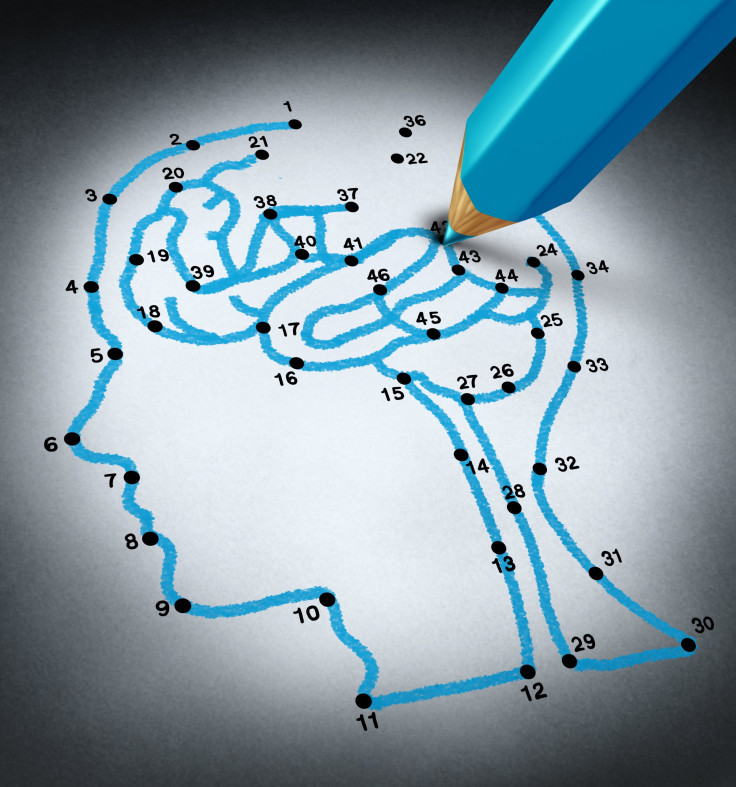Clues To What Causes Autism Found In Missing Gene: What We Know About The Spectrum So Far

Autism is a set of complex neurological disorders that impair socialization, communication, and cognitive ability, but researchers still aren’t exactly sure what causes it. English researchers from the University of Leeds have found a gene to add to the connection of dots they’re making to figure out what causes autism. They published their findings in the journal Translational Psychiatry while the rest of the world races to find another possible cause in hopes of a treatment.
The research team zoomed in on a gene called neurexin-II, which they already knew was associated with autism symptoms. Except this time they got to see how a live animal functioned without the gene. The mice acted with symptoms similar to those found in autistic humans, such as lack of sociability or interest in other mice interaction.
One in 68 children have been identified with autism spectrum disorder, according to the Centers for Disease Control and Prevention. The disorder is five times as prevalent in boys than among girls, and the sharp increase of autism diagnosis has shaken the medical community into action. They’re not even sure if the rates have increased because more children are developing the disorder or because more children are being correctly diagnosed. Autism can vary greatly from highly functional to severely dependent on a caretaker.
"In other respects, these mice were functioning normally," the study’s lead author Dr. Steven Clapcote, Lecturer in Pharmacology in the University's Faculty of Biological Sciences, said in a press release. "The gene deficiency mapped closely with certain autism symptoms. This is exciting because we now have an animal model to investigate new treatments for autism."
When the brain is missing neurexin-II, it also has lower levels of a specific protein called MUNC 18-1. The protein helps to release chemicals in the brain to make connections throughout different neurotransmitters, which are just pathways to send messages through. The lack of passageways for messages may be the reason social cues aren’t picked up by autistic people.
"Not all people with autism will have the neurexin-II defect, just as not all will have the neuroligin defect," Clapcote said. "But we are starting to build up a picture of the important role of genes involved in these synapse communications in better understanding autism."
It’s the first time a research team has made such an important discovery between autism symptoms and a specific gene. The last link was established by Professor Thomas Südhof, a Nobel prize-winning biochemist at Stanford University, who found neurologin-1 had something to do with autism symptoms. While these are only a couple of the concrete evidential causes for autism, there are many theories. Some believe the body’s immune system is incorrectly producing antibodies that attack the child’s brain, which in turn causes autism. Meanwhile, others believe the brain's growth period while the baby is in the mother’s womb has something to do with the incorrect organization of thoughts and synapses.
A research team from Mount Sinai Medical School declared it’s possible to connect early exposure to certain chemicals found in soda and shampoo to autism development. Conversely, other studies strongly suggest some people may be genetically predisposed to autism, which indicates a hereditary breadcrumb trail throughout family lineages. Whether it’s metabolic, neurological, environmental, or genetic, researchers will continue to scramble through different theories until they find the cause — which could be a combination of two or more.
Source: Dachtler J, Glasper J, Choen RN, Ivorra JL, Swiffen DJ, and Jackson AJ, et al. Deletion of α-neurexin II results in autism-related behaviors in mice is published in Translational Biology. Translational Psychiatry. 2014.



























